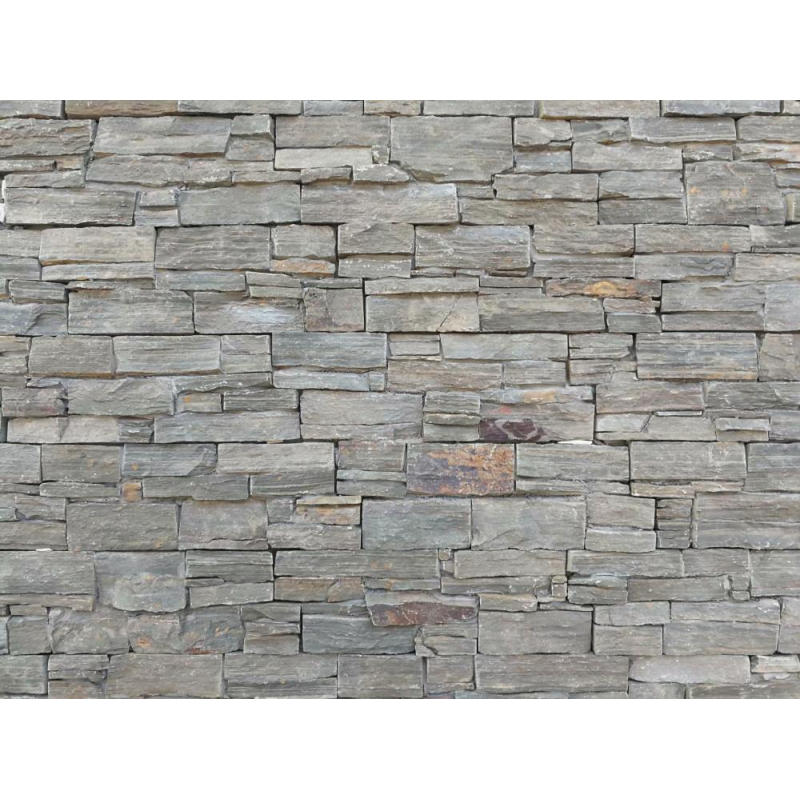
Natuursteen is een van de meest gebruikte materialen in huizen en tuinen. Maar heeft u zich ooit afgevraagd waar uw specifieke stenen tegels, bakstenen of vloeren vandaan komen?

Natural stone was created thousands of years ago when the Earth was just a ball of mineral gases. As these gases began to cool down, they compressed and solidified to form the world we know today. It was during this process that natural stone was formed – the type of stone created depends on what type of minerals were combined at that time. This was a slow process that occurred over millions of years. As the Earth began to settle, many of these seams of stone were gradually pushed to the surface by heat and pressure, creating the large formations we see today.
Stone can come from anywhere in the world, and the type of stone is determined by its origins. There are quarries in America, Mexico, Canada, Italy, Turkey, Australia, and Brazil, as well as many other countries around the globe. Some countries have multiple natural stone quarries, whilst others only have a few. Let’s look in closer detail at where particular stones originate and how they were formed.
Marmer is the result of limestone that has been altered through heat and pressure. It’s a versatile stone that can be used on virtually anything – statues, stairs, walls, bathrooms, counter tops, and more. Usually seen in white, marble is also common in black and grey tints, and has great weather endurance.
Kwartsiet Het is afkomstig van zandsteen dat is veranderd door hitte en compressie. De steen is voornamelijk verkrijgbaar in witte tinten, maar kan ook worden gevonden met bruine, grijze of groenachtige tinten. Het is een van de hardste natuursteensoorten, waardoor het een uitstekende keuze is voor gevels, werkbladen en andere constructies waarvoor zware stenen nodig zijn.
Graniet was oorspronkelijk een stollingssteen die was blootgesteld aan magma (lava) en veranderd door de blootstelling aan verschillende mineralen. De steen wordt vaak aangetroffen in landen waar ooit een hoge vulkanische activiteit heeft plaatsgevonden en is verkrijgbaar in een grote verscheidenheid aan kleuren, van zwart, bruin, rood, wit en bijna alle kleuren daartussenin. Graniet is een geweldige optie voor keukens en badkamers vanwege de antibacteriële eigenschappen.
Kalksteen is het resultaat van de samendrukking van koraal, schelpen en ander oceaanleven. Er zijn twee soorten kalksteen, een hardere soort die vol calcium zit, en een zachtere soort met meer magnesium. Harde kalksteen wordt vaak gebruikt in de bouw, of vermalen en verwerkt in mortel vanwege de waterdichtheid.
Blauwe steen is sometimes referred to as basalt, and is one of the most common natural stones around the world. Bluestone forms through the alteration of lava, and because of this, is one of the closest stones to the Earth’s surface. Basalt is generally darker in colour, and is used as house roofing and floor tiles because of its hard texture.
Leisteen ontstond toen schalie- en mudstone-sedimenten werden veranderd door hitte en druk. Verkrijgbaar in de kleuren zwart, paars, blauw, groen en grijs. Leisteen is een populaire keuze geworden voor dakbedekking, omdat het dun kan worden gesneden en koude temperaturen kan weerstaan met minimale schade. Leisteen wordt ook vaak gebruikt als vloerbetegeling vanwege zijn duurzame karakter.
Travertijn is created when floodwaters wash through limestone, leaving mineral deposits throughout. As it dries out, the extra minerals solidify to gradually create a much denser material called travertine. This stone is good as a replacement for marble or granite, as it’s much lighter and easier to work with, yet still durable. For this reason travertine is often used on floors or walls, and is estimated to last around fifty years if maintained regularly.